BYD has just officially launched the Atto 2 model in the Vietnamese market. This is an urban electric SUV that is expected to bring a new breeze to the popular electric vehicle segment, thanks to its modern design, equipped with many advanced technologies and a selling price of 669 million VND.
However, behind the "delicious, nutritious, and luxurious" appearance, Atto 2 still has many major weaknesses that make its competitiveness in the Vietnamese electric vehicle market fragile. From the story of charging infrastructure, after-sales support ecosystem, to actual operating costs, all pose big questions for this electric vehicle from China.
Atto 2 is a beautiful car, fully equipped…
There is no denying that the BYD Atto 2 is a well-designed and equipped vehicle. The vehicle has a compact urban size, dynamic design, modern LED lights, 16-inch wheels, and a minimalist and youthful interior. The most prominent feature is probably the 12.8-inch central screen that can rotate horizontally and vertically, an air conditioning system that filters PM2.5 fine dust, and a 360-degree camera, features that are usually only found on high-end vehicles.
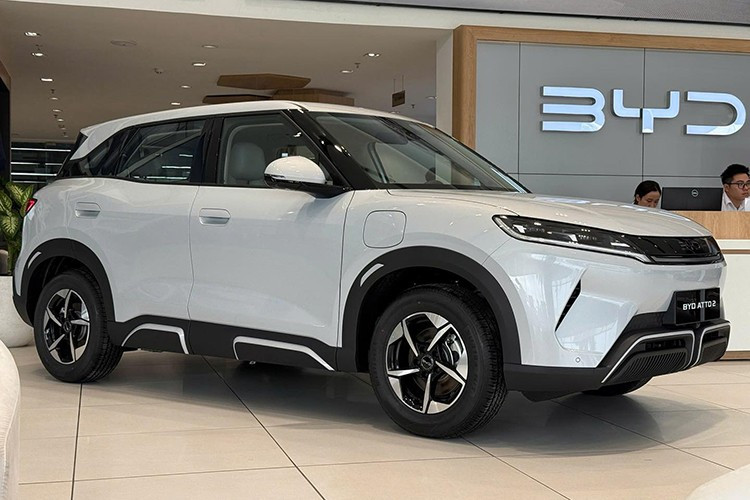
In terms of operation, Atto 2 uses an electric motor with a capacity of 174 horsepower, torque of 290 Nm, accelerating from 0-100 km/h in 8.3 seconds, which is quite impressive for a popular car model. The battery capacity of 45.12 kWh is enough for a distance of 380 km according to NEDC standards (equivalent to about 300 km in reality), suitable for both daily travel needs and short-distance trips.
In short, Atto 2 is an attractive electric vehicle in terms of appearance, specifications and amenities, especially for young users who love technology and modern minimalist design.
Customers easily fall into the "trap" of weak ecosystems and suboptimal operating costs.
Despite possessing many strengths, BYD Atto 2 is facing huge barriers, and those barriers come from consumer habits and unsynchronized infrastructure in Vietnam.
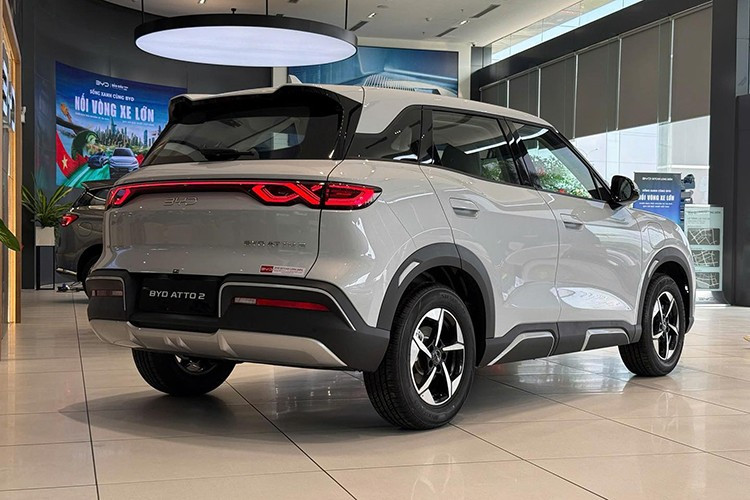
Currently, BYD has not built its own charging station system in Vietnam. That means users who buy Atto 2 will be forced to use charging services from outside units such as EV Charge, EVN, Rabbit... However, the charging experience here is still not really optimal and flexible.
Each unit requires the installation of its own application, its own e-wallet, and a minimum deposit of 300,000 VND to activate the account (For App Rabbit). For young users, technology is not an obstacle. But for middle-aged users and older, or those approaching electric vehicles for the first time, operating multiple applications, multiple wallets, and multiple processes is a real challenge.
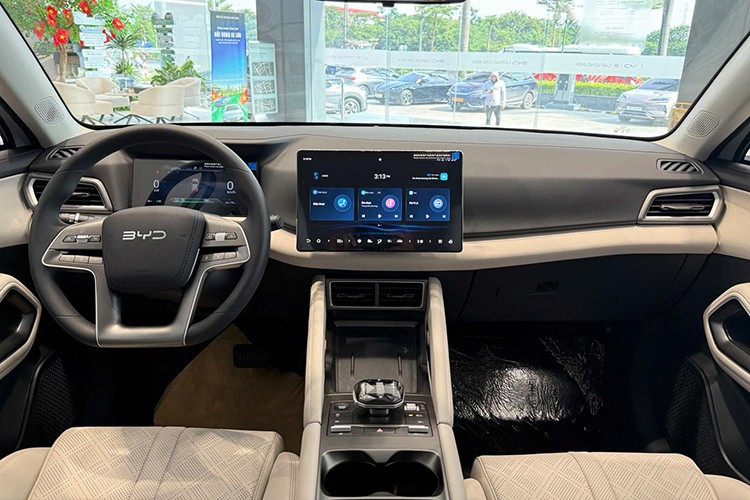
Fragmentation in the charging experience makes the daily use of the car confusing and lacking in continuity, which goes against the spirit of "simplicity and convenience" that electric cars are aiming for.
Another surprising point is that the Atto 2 model will not be as "economical" as people expect from electric cars, if looking at the actual charging cost.
With the average charging price at private stations being around VND7,000/kWh, a full charge of a 45.12 kWh battery will cost nearly VND316,000. If charged once a day (which is common for service drivers or users who travel a lot), the monthly cost will be over VND9 million, or over VND110 million per year.
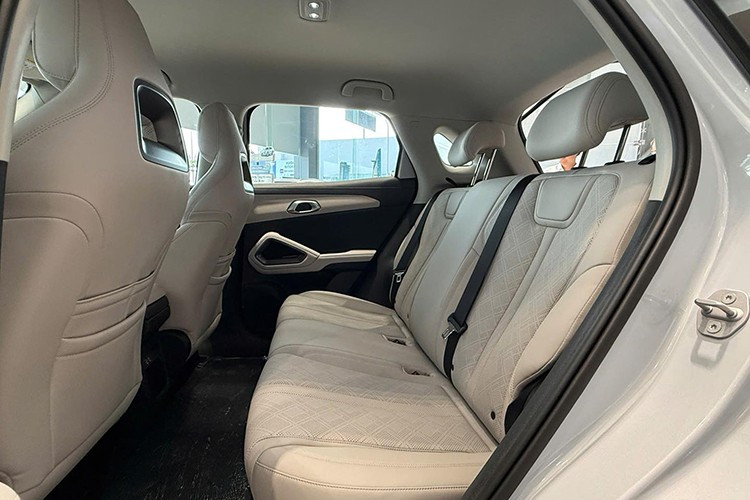
Meanwhile, other electric vehicles on the market today have a free charging policy or support home charging, which significantly reduces operating costs. In the case of the Atto 2, users have to pay the entire cost themselves, and that is something that needs to be carefully considered, especially for groups buying cars for business purposes or to optimize costs.
After-sales service is unclear, users find it difficult to be proactive
Another barrier that makes it difficult for Vietnamese people to "spend money" on Atto 2 is the ambiguity about after-sales and maintenance policies.
As of the launch, BYD has yet to release a price list for spare parts, regular maintenance costs, a schedule for replacing components, or any specific information related to long-term operation. This makes it impossible for users to estimate the total cost of ownership, leading to a cautious mentality.
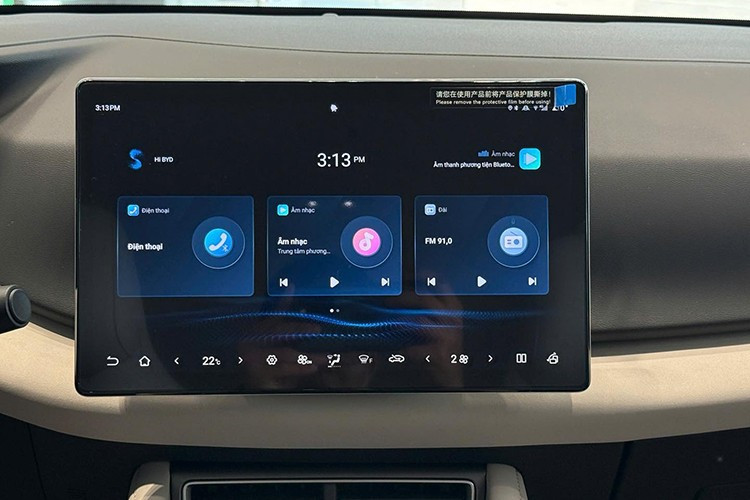
Not stopping there, BYD's dealer and service workshop system in Vietnam is also very limited, mainly concentrated in Hanoi and Ho Chi Minh City. Customers in other provinces and cities have almost no choice of genuine maintenance. If the car has a problem, repairing and replacing spare parts will be difficult, not to mention the risk of long waiting time and lack of components.
Lack of liquidity is "difficult" for buyers
Finally, the strategic weakness of Atto 2 is its almost zero liquidity. This model has just been launched, has no long-term operating data, no user community, and especially no model for buying back used cars from the manufacturer or dealer.
When a person buys a car with a budget of 600-700 million VND, it is completely normal for them to think about reselling it after a few years of use. However, in the case of Atto 2, they will have to “take care of” the output themselves, which is clearly not an easy thing, especially when the used electric car market in Vietnam is not yet clearly defined.
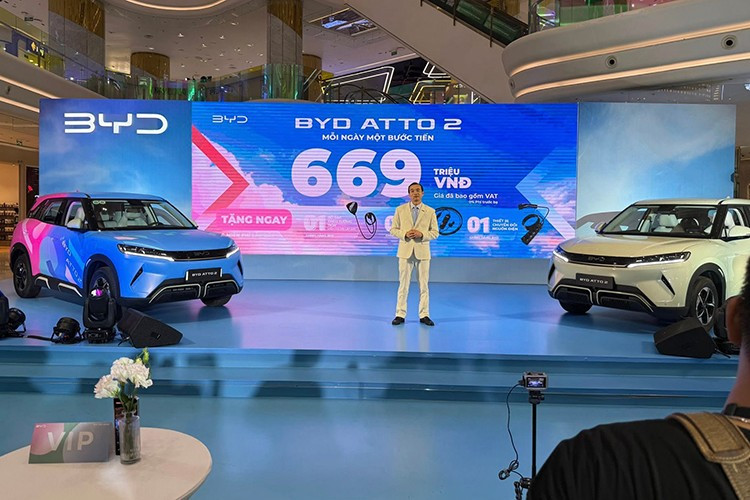
And finally, in the most fair way, the BYD Atto 2 is a good product if only considering the parameters and amenities. But a good product does not mean success in the market, especially in the electric vehicle market in Vietnam, where users are more interested in practical experience, long-term costs, flexible usability and a full support ecosystem.
While BYD is still struggling to find its footing, launching a modern electric vehicle without infrastructure, after-sales support and transparent costs will be a double-edged sword. If these factors are not quickly improved, Atto 2, no matter how good it is, may fall into a "stalemate" situation, because Vietnamese users do not only need electric vehicles, but also need a complete ecosystem for long-term commitment.
Source: https://khoahocdoisong.vn/byd-atto-2-gia-669-trieu-tai-viet-nam-xe-xin-nhung-se-e-post1553923.html



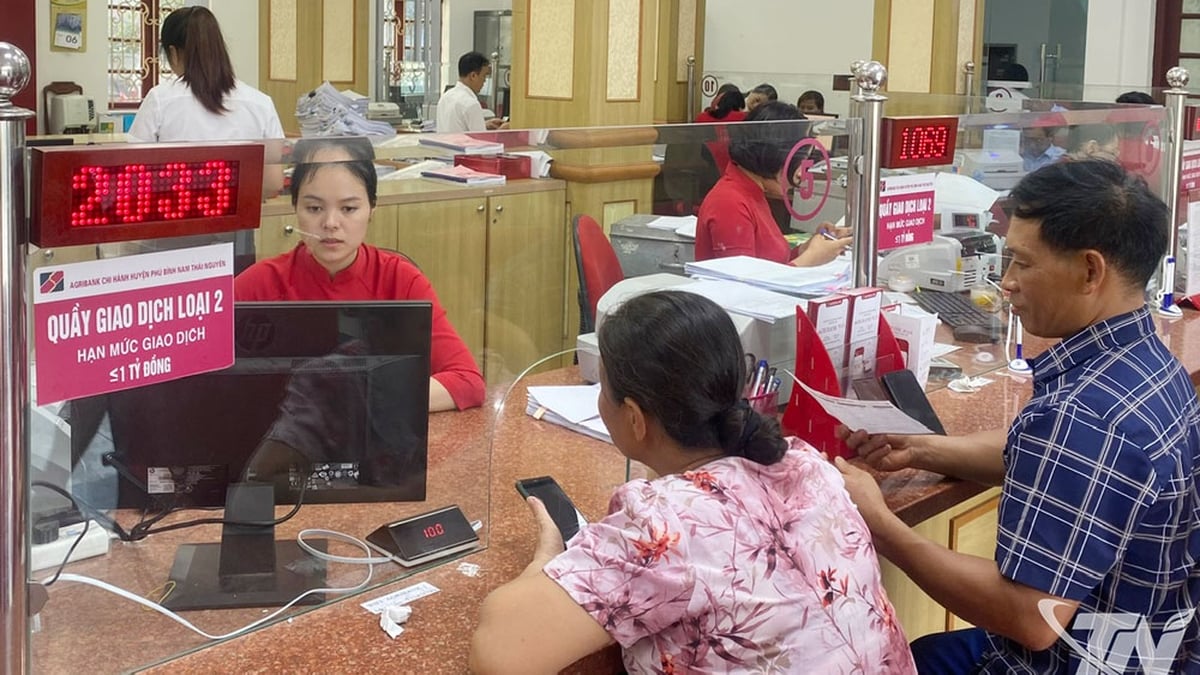





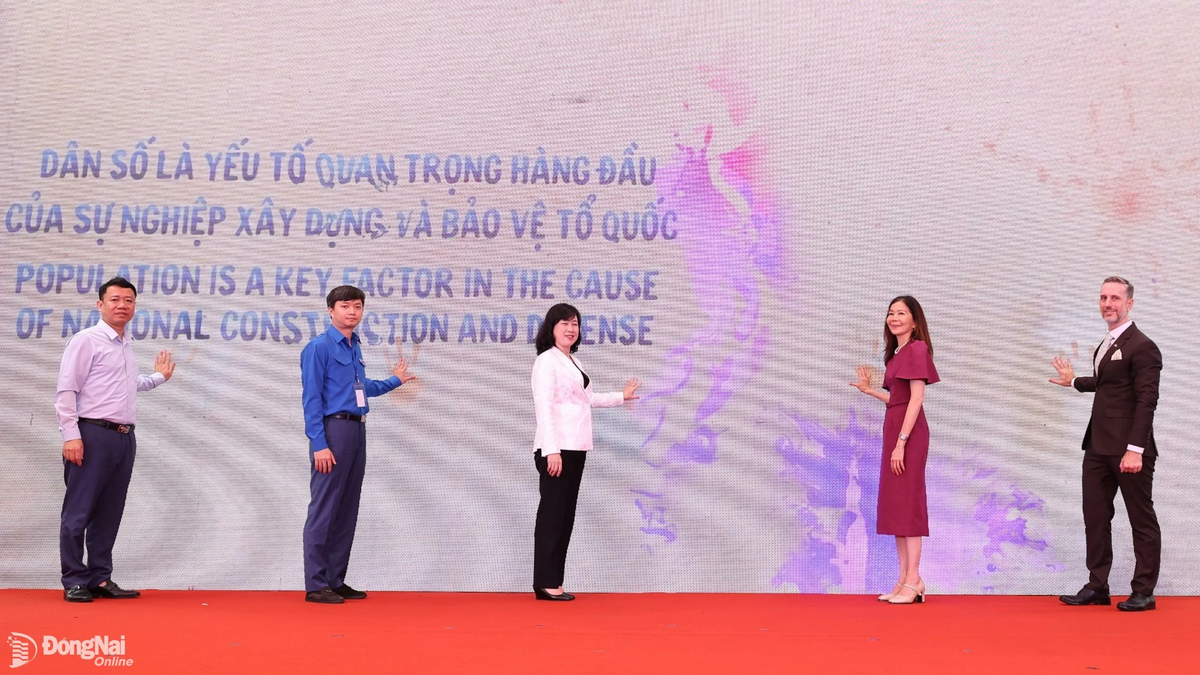

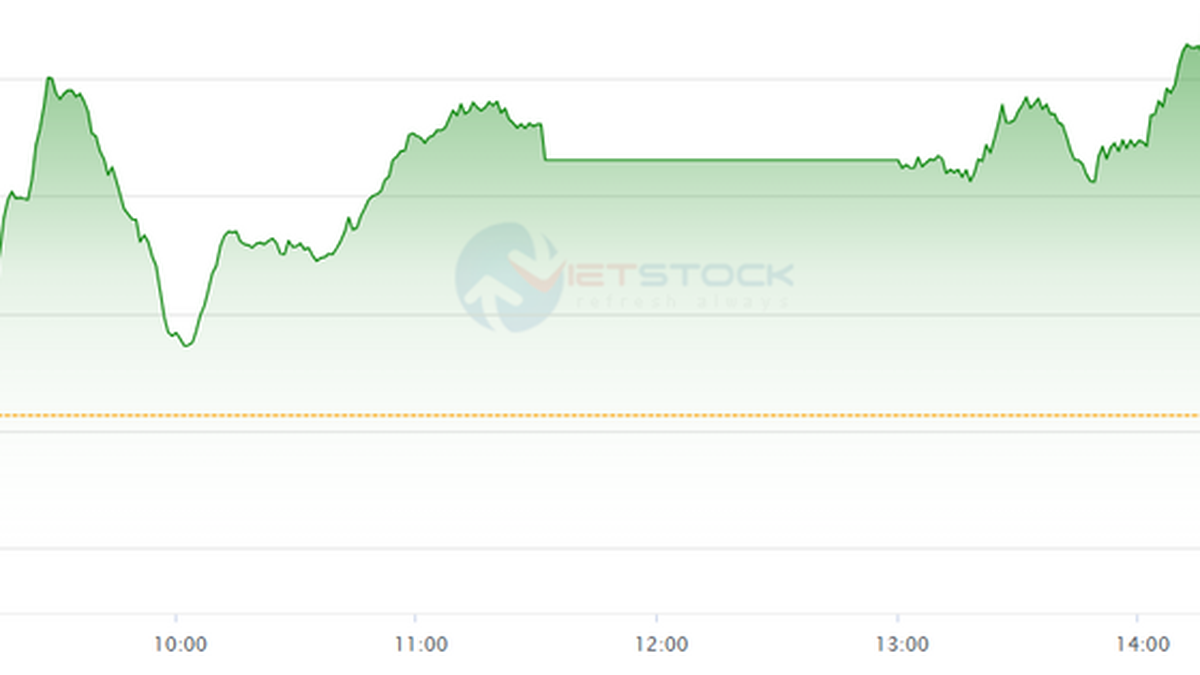














![[Photo] Gia Lai provincial leaders offer flowers at Uncle Ho's Monument with the ethnic groups of the Central Highlands](https://vphoto.vietnam.vn/thumb/1200x675/vietnam/resource/IMAGE/2025/7/9/196438801da24b3cb6158d0501984818)








































































Comment (0)